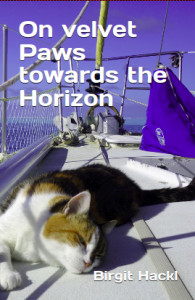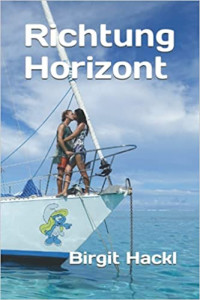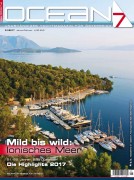It seems that always when things are just a little bit too perfect, something annoying has to happen. These nuisances usually involve either the engine, the fridge, the watermaker or the kerosene stove–the big 4 that worry us in remote places where there’s no professional help available in case of a problem.
This time it was Bertie’s turn (that’s the name of our malevolent kerosene stove) to quit on us. Yesterday we had a cold dinner and this morning Christian opened up the stove and started searching for Bertie’s ailment. It turned out that several problems had come up at the same time. One burner was blown with several holes in it, but the other two burners were clogged up. We used an airpump to get rid of the clogging (or rather constipation…), installed a new burner, Bertie is happy again and so are we.. Kerosene stoves are oldfashioned and most yachts nowadays use gas stoves instead, but we like the fact that our stove is very efficient. It uses only 2 litres of kerosene a month (even though we bake bread every second day), so the 40 litres we carry in jerry cans last a very long time. At least the climate in the Gambier is so pleasant that such an annoying job (dirty, hard to reach) doesn’t involve too much sweating.






